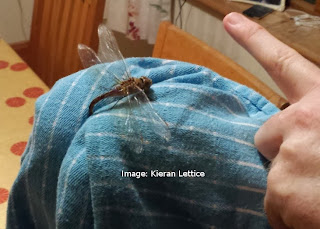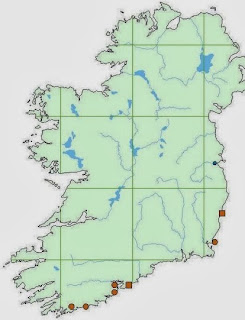A Temporary Hiatus
Regular readers of this blog will have noticed that the rate of blog posts has decreased over the past twelve months. There have been some nice posts which I'm very happy with but I simply haven't had the time to devote to writing posts at the frequency I have in the past.
Like everyone else, pressures of a regular (and very enjoyable) day job,combined with trying to spend time with family and friends has meant something had to give. I also have one, very important project to complete.
For these reasons, I've decided to take a positive step and put the Communicate Science blog on hiatus for a couple of months. I'm sure this won't make a huge difference in anyone's life but my own - I do enjoy the enforced distraction of writing the blog- but can ensure readers that this will be a temporary ceasefire rather than the end for this corner of the internet.
Like the daffodils, I'm going underground for a few months to get some work done and will return, triumphant, in a blaze of glory in the Spring. If you simply can't wait that long, then I'll still be knocking around twitter @blogscience






















